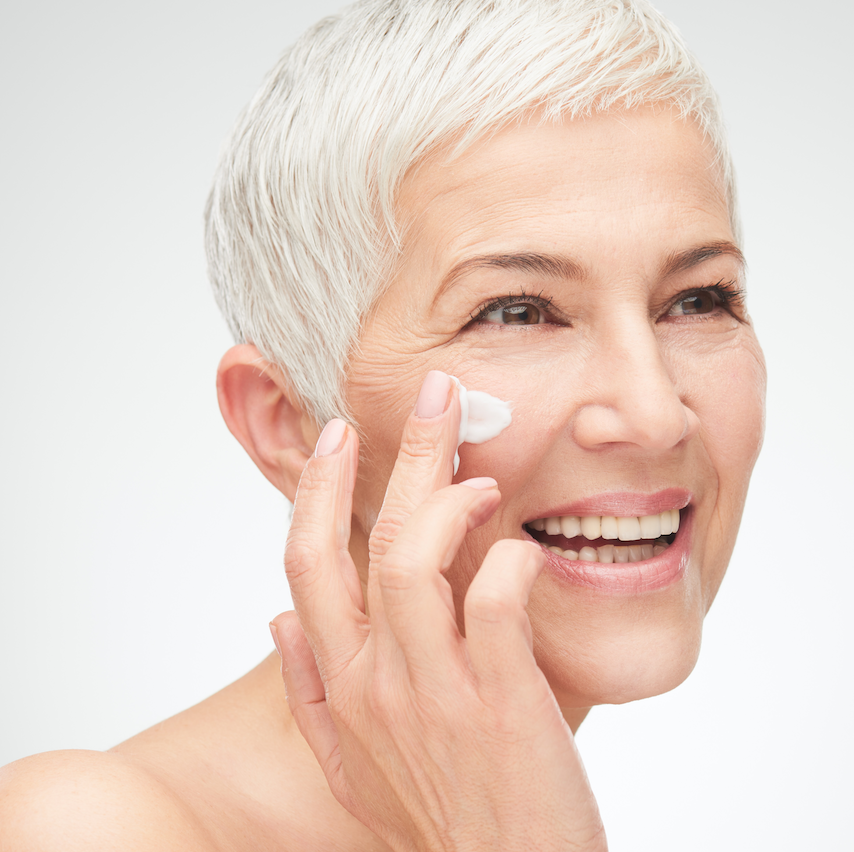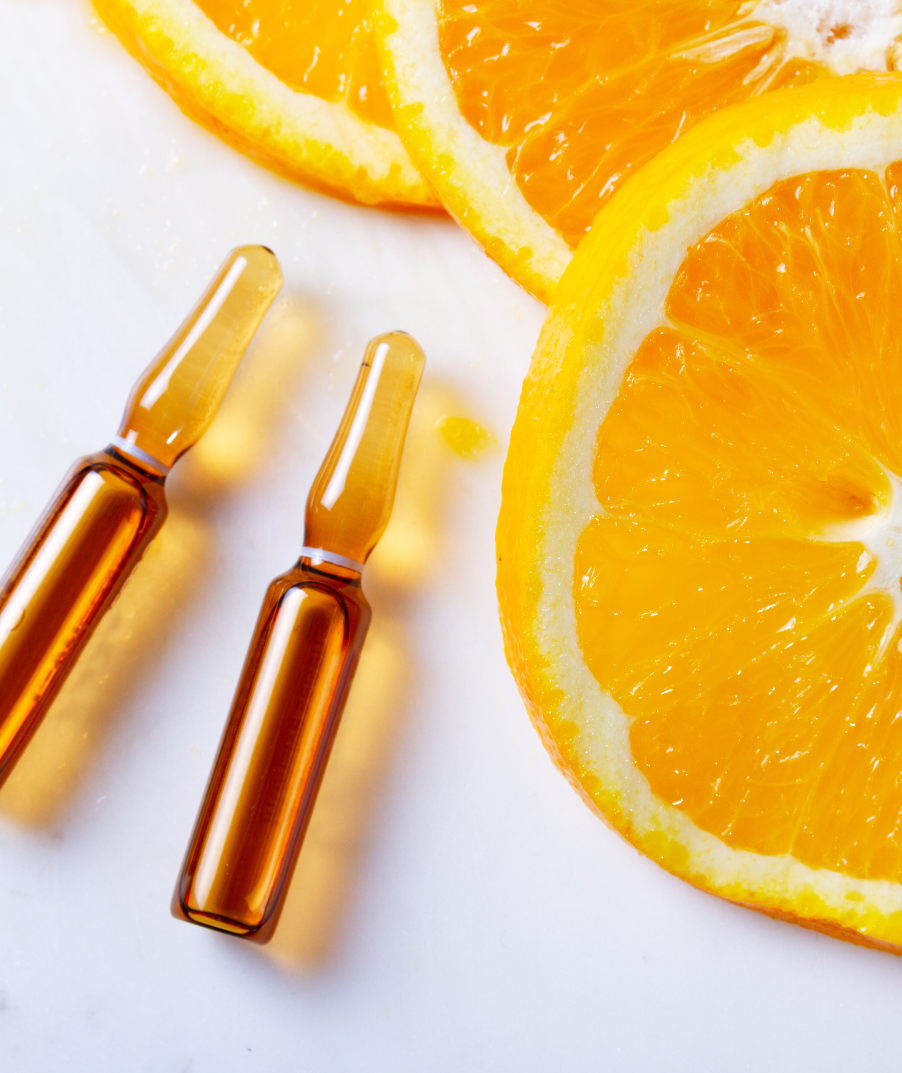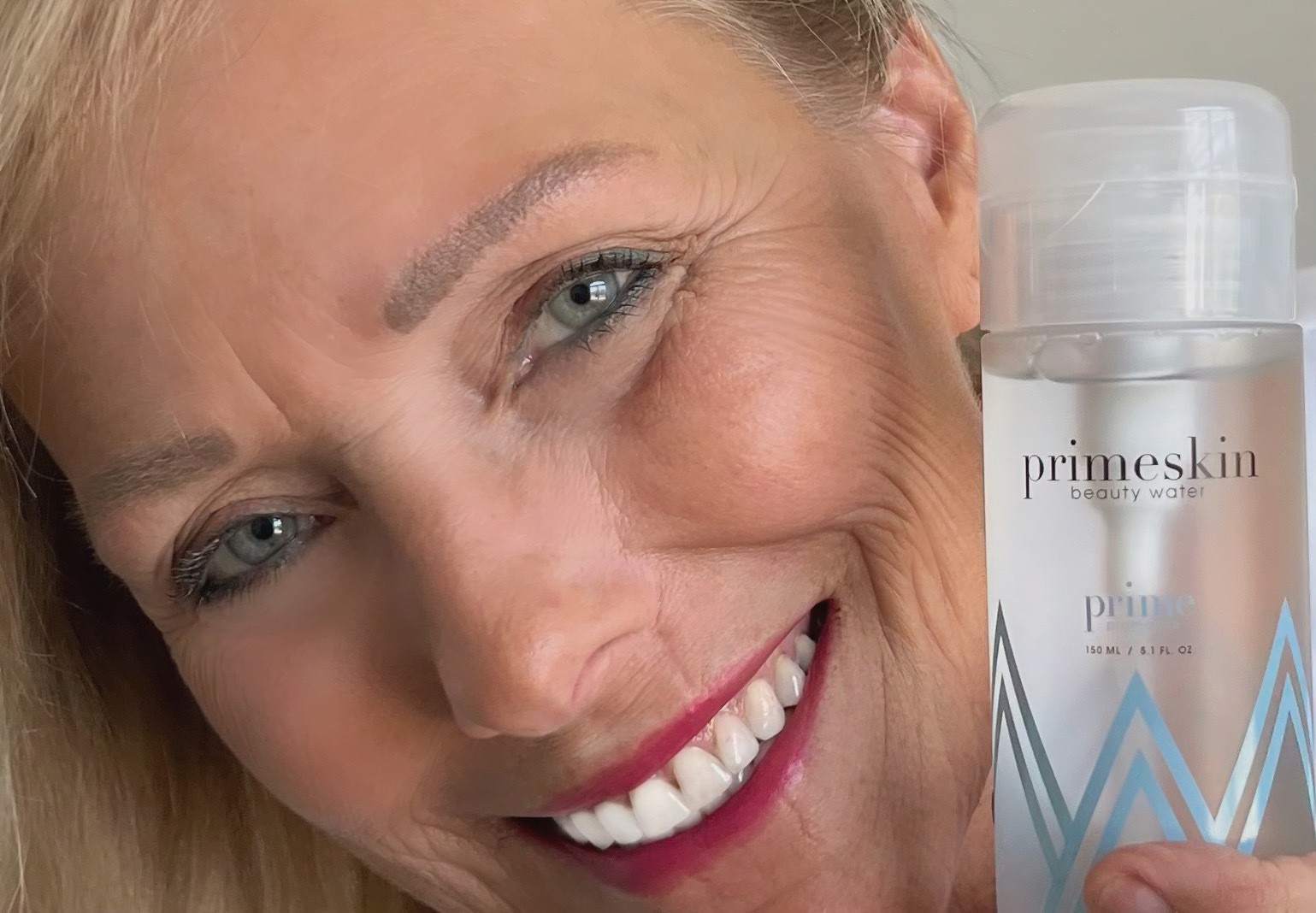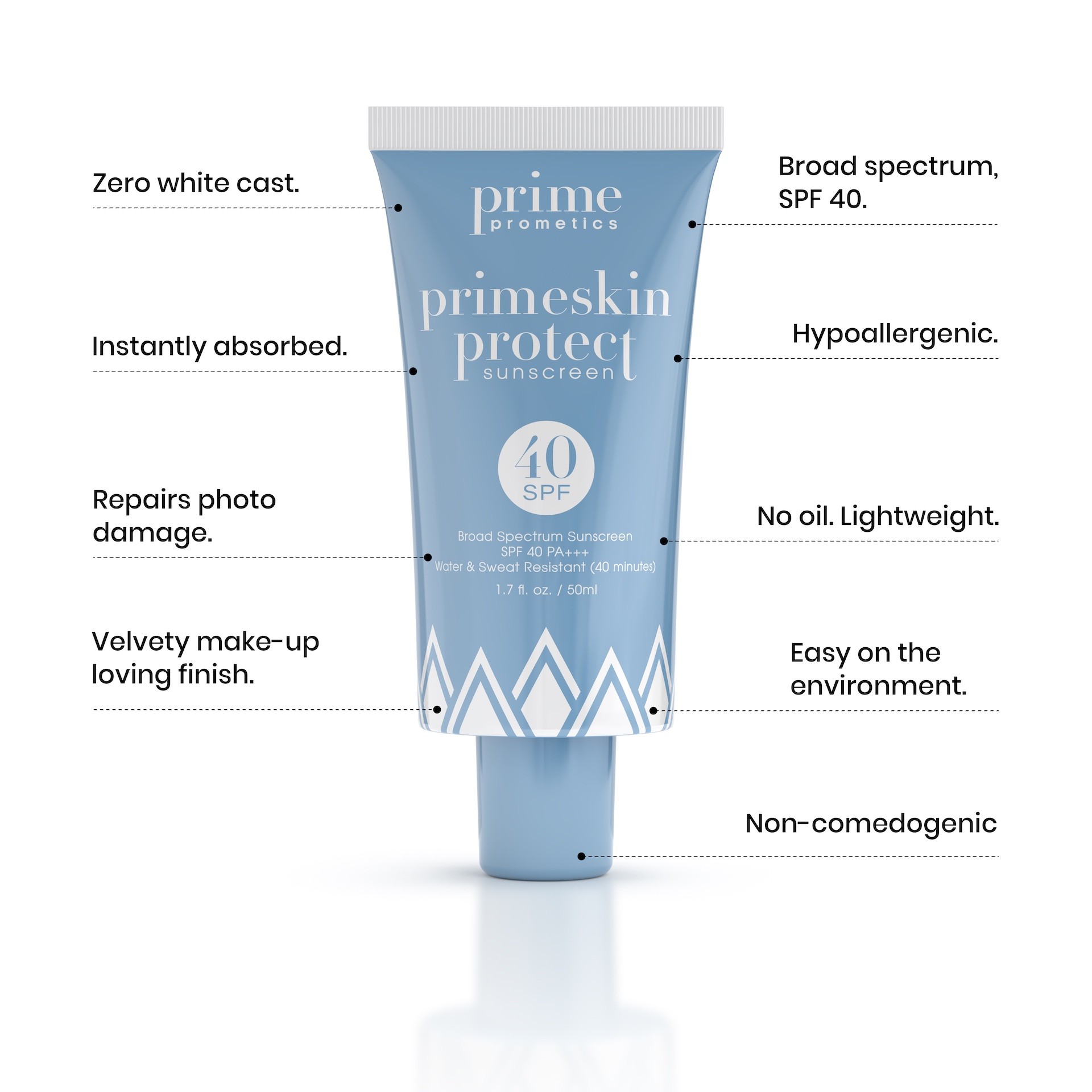


The sun stands for optimism, innocence, better days … a fresh start.
On paper! And in story books.
Beyond the golden symbolism of the sun, in reality, the danger of photo-damage and photoaging always looms large.
The millennials and Gen Z are obsessed with SPF.
What about mature queens?
Simply slathering on sunscreen isn’t enough for women over 50.
You must vet from the sea of options to find SPF and sun damage prevention techniques that respect your thinning, sensitive skin. And set you up for ageless beauty.
The sun emits various types of rays, but UVA and UVB are the most significant concerning skin health.
UVA rays penetrate deep into the skin, causing long-term damage like wrinkles and age spots.
UVB rays, on the other hand, are responsible for sunburns and play a significant role in developing skin cancer.

For women over 50, the cumulative effect of these rays becomes more pronounced due to the natural thinning of the skin and decreased collagen production, making it more vulnerable to photoaging.
Research indicates that up to 90% of visible skin aging is caused by sun exposure. This statistic underscores the importance of sun protection as a primary method to prevent premature skin aging.

For 20-year olds, protection is as good as cure.
But mature women have to mount a two-pronged attack on the beast that’s photodamage.
They must feed their skin (and their bodies) the nutrients and the stimulation needed to repair frayed connective tissues and texture prone epidermis.
Once there is visible healing, they must be vigilant about preventing further damage through a mix of cosmetic and common sense interventions.
To rebuild and rejuvenate, the following suggestions come handy:
Topical Antioxidants: Products containing vitamins C and E can help mitigate the damage caused by free radicals produced from UV exposure. These antioxidants aid in skin repair and prevent further damage. Ferulic acid stabilizes a solution of vitamins C and E and doubles its photoprotection of skin.
Retinoids: Retinoids, derivatives of Vitamin A, are proven to improve skin texture and diminish signs of aging by promoting skin cell turnover and collagen production
Peptides: These small proteins stimulate collagen production, helping to restore skin firmness and elasticity lost due to sun damage.
Alpha Hydroxy Acids (AHAs): AHAs like glycolic acid aid in exfoliating the skin, removing dead skin cells, and revealing healthier, younger-looking skin underneath.

We love simplifying advanced skincare!
Our best-seller PrimeSkin Beauty Water is not only an ultra hydrating make-up remover, it also pulls double duty as a gentle exfoliator and a glycolic acid infused skin rebuilder.
Hyaluronic acid joins the party, gifting you taut, poreless skin, beyond sun damage.

The choice of SPF for women over 50 should be tailored to their skin type:
Sensitive Skin: Invest in lightweight, non-greasy formulas that don’t contain irritants like benzophenones. Avoid preservatives & fragrances.
Oily Skin: Look for non-comedogenic sunscreens that won’t clog pores.
Dry Skin: SPF with added moisturizers can help hydrate the skin.
Dark Skin: While melanin provides some natural protection, broad-spectrum sunscreens are still crucial to prevent photoaging and skin cancer.
There is debate online around correct application and the volume of sunscreen needed to effectively fight off UVB rays.
We recommend the following:
A teaspoon of sunscreen to shield the face.
Re-apply every two hours.
Don’t forget the neck, the tops of your ears, your hairline, and your lips.
Ensure that the sunscreen you use is water resistant. A water resistant formula is one that doesn’t destabilize when it comes in contact with water. This means better protection, for longer.
This skill matters!
Here are a few common terms you’ll come across, and what they mean for you and your mature skin.
SPF 30/40/50: SPF is the Sun Protection Factor. It is a gauge of how well you can fend off UVB rays (the rays that cause skin burns) when you have the product on. SPF 30 says this: I allow only 1/30th of all the UVB rays that could cause cancer and damage your skin to reach you.
Broad Spectrum: The holy grail of sunscreens. Think of it as the umbrella that denies admittance to both UVB rays and UVA rays (the ones that are responsible for photoaging).
PA: The SPF counterpart, PA indicates the sun block’s ability to keep UVA rays at bay. PA++++ > PA+.
Women over 50 should ideally aim for a gel based sunscreen that won’t block pores and won’t irritate their skin.
Broad spectrum is a must. SPF 40 is the sweet spot.
A formula that plays nice with make-up (since white casts and pore enlargement do bother our graceful queens) is the cherry on top.


Beyond using SPF, women over 50 can adopt these strategies:
Wear Protective Clothing: Broad-brimmed hats, long-sleeved shirts, and sunglasses can provide additional protection.
Seek Shade: Avoid direct sun exposure, especially during peak hours (10 a.m. to 4 p.m.).
Avoid Tanning Beds: Tanning beds emit harmful UVA and UVB rays and can significantly increase the risk of skin cancer and accelerate aging.
Bookmark this read… And refer to it as you navigate the sun protection and SPF landscape. At the end of the day, an approach marrying repair with real protection - both cosmetic and otherwise - reverses the depredations from photodamage.
You deserve it.
Research References:
Hughes, M. C., Williams, G. M., Baker, P., & Green, A. C. (2013). Sunscreen and Prevention of Skin Aging: A Randomized Trial. Annals of Internal Medicine, 158(11), 781.)
Lin, F. H., Lin, J. Y., Gupta, R. D., Tournas, J. A., Burch, J. A., Selim, M. A., ... & Fisher, D. E. (2005).
Journal of Investigative Dermatology, 125(4), 826-832.).
Kafi, R., Kwak, H. S. R., Schumacher, W. E., Cho, S., Hanft, V. N., Hamilton, T. A., ... & Kang, S. (2007)
